All OU Faculty, staff, and students are welcome to join us for the Forum's Sponsored Research Colloquium Series for 2023-2024: The Francophone World Workshop. We welcome anyone in the OU community with an interest in France or the Francophone World to join us for a monthly colloquium. All colloquium meetings will be held on Thursdays at 3pm. Coffee, Tea, and French Patisserie will be provided. Registration link circulated ahead of the gathering. Join us!
Francophone World Workshop
Forum Research Colloquium Series 2023-2024
Francophone World Workshop Schedule
Thursday 9/7 at 3:15pm - Farzaneh Hall 142, The Edward J. Perkins Boardroom
Join us for the welcome reception kick-off for the Francophone World Workshop! All faculty, students, or community members who have interest in the Francophone world, broadly conceived are welcome. We will present the upcoming calendar of Francophone-centered research colloquia, as well as our “Paris Visible” distinguished lecture series. The Forum will provide tea and coffee as well as a selection of French Patisserie. Location provided with registration. Register here.
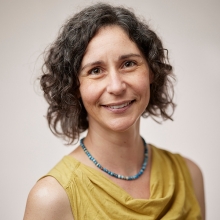
Thursday, September 28, 2023 at 3:15pm - Farzaneh Hall 145
Julie-Françoise Tolliver: "Quebec Near, Fire Far: Distant Flames in Incendies, Monsieur Lazhar, and Inch’Allah"
This short paper intervenes in discussions on transnational francophone cinema, tracing how the trope of fire as a symbol for violence in the Arabic-speaking world has been used in Québécois films as a foil against which the province measures its own peacefulness. Incendies (Denis Villeneuve, 2010), Monsieur Lazhar (Philippe Falardeau, 2011), and Inch’Allah (Anaïs Barbeau-Lavalette, 2012) portray, with varying degrees of nuance, the Middle East as a place where intrinsic violence is represented by fire. This attribution of fire (real and metaphorical) to elsewhere casts public notice away from the fires that rage at home, diverting attention from wildfires caused by settler colonial forestry regimes as well as from the dangers, immediate and long-term, of a petroculture perpetually on the brink of disaster.
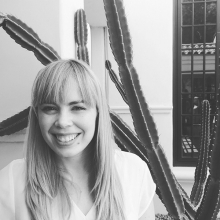
Thursday, October 12, 2023 at 3:15pm - Farzaneh Hall 142, The Edward J. Perkins Boardroom
Erin Duncan-O’Neill: "Testing the Electric Fence: Censorship and Creative Evasion in the Art of Honoré Daumier"
In a moment when the repression of political ideas is resurgent, the art of Honoré Daumier offers a powerful example of creative resistance in the face of stifling censorship. Most famous as a political cartoonist who gained early notoriety for being jailed for a caricature of the king, Daumier continued to test shifting censorship laws, turning to painting and sculpture when political material was censored in the illustrated press. This talk will introduce research supported by the AHFF, namely Daumier’s representation of seventeenth-century literature during moments of stifling censorship, foregrounding the subversive potential of a newly glorified literary past.
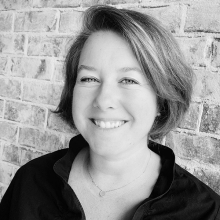
Thursday, Novmber 9, 2023 at 3:15pm - Farzaneh Hall 142, The Edward J. Perkins Boardroom
Emily Burns: "Late to Paris: US Artists and the Anxiety of Cultural Delay"
This talk explores a board game and a painting related to the transatlantic passage to show how American cultural production activated liminality as a way to express anxieties that US art and culture was belated compared with French art in the context of the widespread practice of American art study in Paris in the fin-de-siècle.

Thursday, November 30, 2023 at 3:15pm - Farzaneh Hall 142, The Edward J. Perkins Boardroom
Erinn Gavaghan: "Willette, Steinlen, and the interiors and exteriors of Montmartre"
Doctoral student Erin Gavaghan (Art History) presents her research on the role visual artists played in promulgating the Bohemian ideologies of fin-de-siecle Montmartre. While often relegated to the literal background in the form of décor or advertisements, Adolphe Leon Willette and Theophile-Alexandre Steinlen were two of the most prolific artists of this time and place. Their work in the satirical journals of Paris is widely documented and preserved. However, what has been given less serious scholarly consideration were the works of art they made for the interiors of cabarets, most notably the Chat Noir. Willette and Steinlen are understudied in their significance to the place of Montmartre and its identity as a Bohemian outpost in Paris. By examining the works that the two created for the interior of the Chat Noir and later in the streets of Montmartre, this research reveals works relegated to the background of life in Montmartre to be at the forefront of the avant-garde.
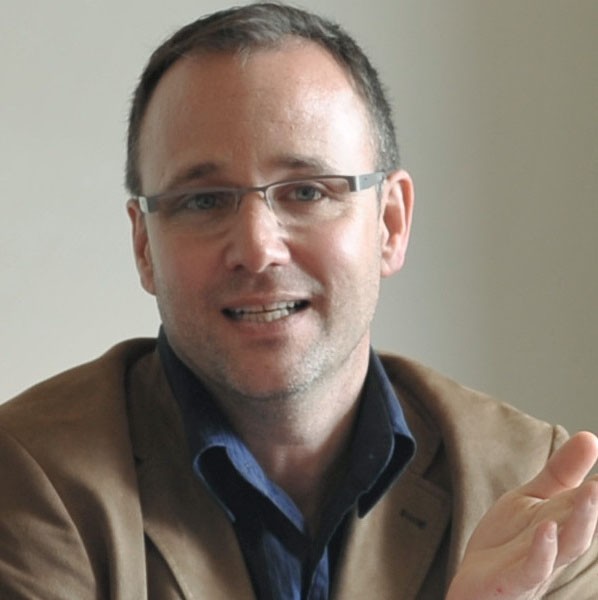
Thursday, December 7, 2023 at 4pm - Farzaneh Hall 142, The Edward J. Perkins Boardroom
Francophone World Workshop Reception
Join us for a special colloquium reception with visiting Distinguished Lecturers Dr. Laura Kalba (Minnesota) and Dr. Todd Porterfield (NYU). See here for more information about their visit.
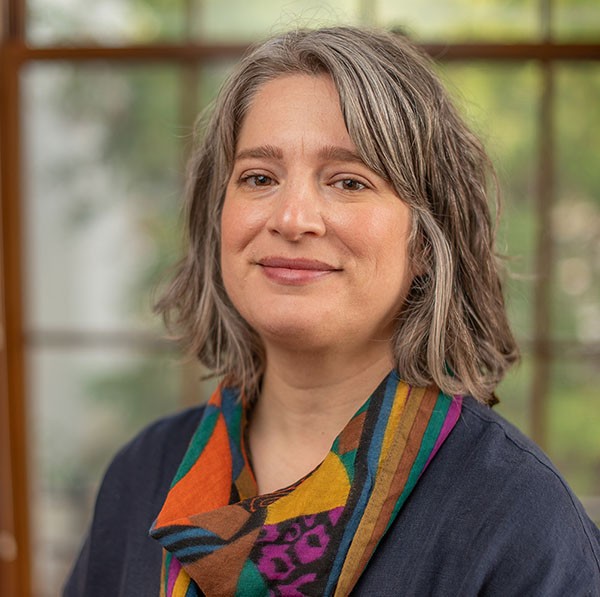
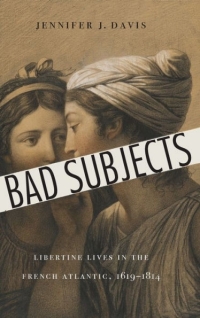
Thursday, January 25, 2024 - Farzaneh Hall 142, The Edward J. Perkins Boardroom
Jennifer Davis: "Libertine Lives in the French Atlantic World"
Meet the libertines of the French Atlantic World: In a lively account that spans continents, Jennifer J. Davis considers what it meant to be called a libertine in early modern France and its colonies. The libertine life was not merely a subject for fiction. It was a charge that authorities imposed on a startlingly wide array of behaviors, including gambling, selling alcohol to Native Americans, or secret marriages. From the alleys of Paris to the port of New Orleans, libertines forced the French state to reconsider the logical limits of individual liberties.
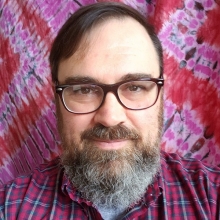
Thursday, Feburary 22, 2024 - Farzaneh Hall 142, The Edward J. Perkins Boardroom
Peter Soppelsa: "Living with Infrastructure in Picture Postcards of Paris around 1900"
This talk spotlights picture postcards of Paris’s physical infrastructures from around 1900, which illuminate the experience of infrastructure’s users rather than its designers and planners. Whereas common conceptions of infrastructures focus on large technical systems and the authorities who plan, build, and operate them, taking a top-down perspective, this talk argues for a bottom-up approach that shows how users experience large technical systems as intimate features of everyday life, which this talk terms “living with infrastructure.”
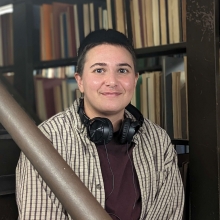
Thursday, March 28, 2024 at 3:15pm - Farzaneh Hall 142, The Edward J. Perkins Boardroom
Caden Testa: "The Role of Lamarckian Biology in French Hygiene, Medicine, and Government, 1820-1870."
Doctoral student Caden Testa (History of Science, Technology and Medicine) presents his research on Paris. Using the framework of biopolitics, this talk will situate Lamarck’s ideas within the broader hygiene movement, and discuss both as part of an overall state attempt to reform, manage, and control bodies for national ends. It will examine the link between disease and political upheaval that was cemented in the 1832 and 1849 cholera outbreaks, as this association drew on ideas about the importance of managing the social and physical environment, as well as fears about the urban poor as a locus of both disease and moral danger. Such views of the city and the effects of the moral and physical upon one another recall Lamarckian ideas about the condition of the body as a function of the environment, mediated by an organism’s habits and needs. Throughout the nineteenth century, hygienic efforts in areas as varied as architecture, urban planning, and sanitary reform continued to rely on assumptions of such a linkage between the physical and social environment, the condition of individual bodies, and the larger effects on the nation as a whole. Placing Lamarck in this context suggests that he was neither an anachronistic eighteenth-century ‘systematizer’, nor a prescient precursor to Darwin, but a figure whose changing ideas and environmentally-focused physiology were quite congruent with broader changes in life sciences, naturalism, politics, and the structure and function of the French state.
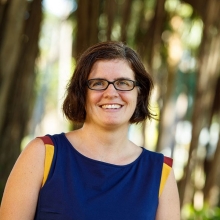
Thursday, April 18, 2024 at 4pm - Farzaneh Hall 142, The Edward J. Perkins Boardroom
Francophone World Workshop Reception : Katherine Brion
Join us for a special reception with distinguished guest Dr. Katherine Brion, Associate Professor of Art History and Museum Studies at The New College, Florida. Professor Brion's research examines the intersection of aesthetics and politics in key public art forms of Belle Époque (i.e. late 19th- and early 20th-century) France, whether decorative painting, posters, or public school imagery. Issues of race and representation constitute another area of interest. Dr. Brion’s current book project focuses on Belle Époque initiatives to democratize art and provide an aesthetic education to the working classes in collective spaces like the street, the school, and the museum.
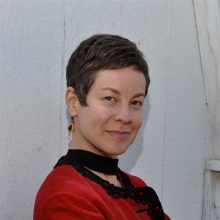
Thursday, May 2, 2024 at 3:15pm - Farzaneh Hall 142, The Edward J. Perkins Boardroom
Julia Abramson: “From France to America: Myth and the Early History of DuPont”
It is difficult to overstate the influence on American history and modern life of the DuPont corporation. Founded in Delaware by a French émigré to manufacture gunpowder, the company gained traction during the War of 1812 through a federal contract to supply ammunition. In ensuing decades its bullets and explosives facilitated westward expansion across the continent. Its twentieth-century turn to industrial chemistry and materials science resulted in the invention of neoprene, freon, and Teflon, as well as of the nylon, Lycra, and Dacron polyester now worn by the majority of Americans and around the world. DuPont technologies do not merely shape infrastructure and the texture of human endeavor on the home planet. Kevlar and Kapton equip space projects including the James Webb telescope. What is not widely known is that the company nearly failed into extinction during its early years. Even more surprising, intangible contributions, but also the greatest obstacles to success, both came from the same individual, long mythologized as the progenitor of the dynastic family and as the godfather of the clan’s business-industrial adventure. Analysis of family and business archival documents reveals multiple forces propelling company founder E.I. du Pont and his own “Auteur” or father, P.S. du Pont de Nemours. These include events of the French Revolution and laws governing business in the American Early Republic, but also issues of religion and social obligation that have not previously been identified. The corporation’s longevity attests its effective practices and entanglements of political interests with market forces. Returning to the documentary record and to the French and American contexts at founding illuminates underlying motivations of the company’s inception. In turn, this insight brings into view purposes served by persistant mythologies constructed around the family and corporation.

